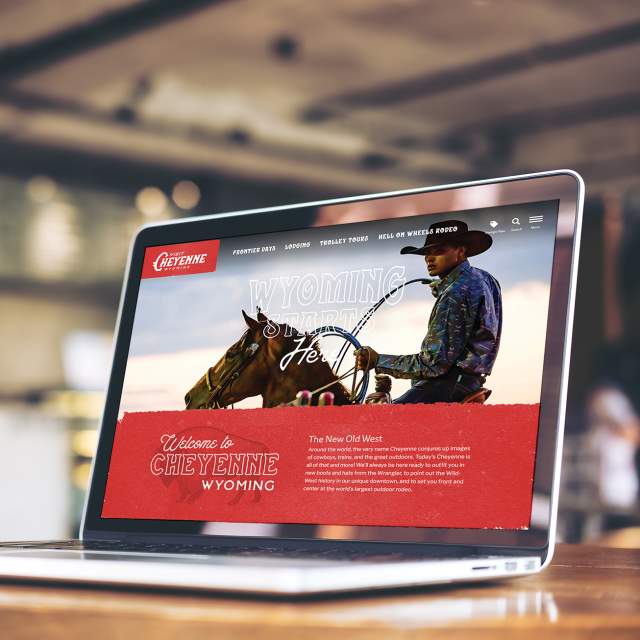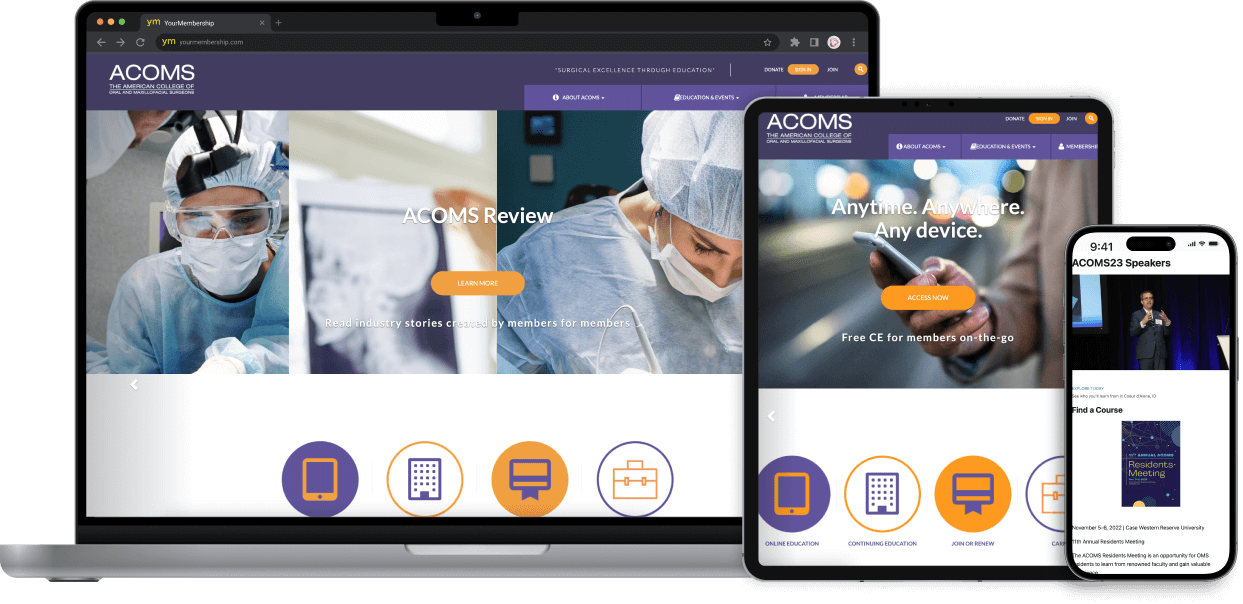The Ultimate Guide to Building a Powerful Website Design
The Ultimate Guide to Building a Powerful Website Design
Blog Article
The Ultimate Overview to Modern Website Style Trends
In the ever-evolving digital landscape, modern internet site design patterns play an important function in shaping user experience and involvement. From the rise of minimal design principles that focus on simplicity to the influence of bold typography in defining brand name identity, each component contributes to a natural on-line presence. The focus on receptive and mobile-first methods, along with cutting-edge microinteractions, further boosts use. Additionally, the expanding focus on lasting internet style techniques reflects a dedication to environmental responsibility. These fads jointly elevate essential questions concerning the future of effective internet design and what it means for services and consumers alike.
Minimalist Style Principles
Minimalist design principles emphasize the idea that less is much more, supporting for simplicity and performance in visual interaction. This technique strips away unnecessary elements, concentrating rather on vital elements that share the intended message effectively. By focusing on clarity, minimal design boosts customer experience, enabling site visitors to navigate web sites easily.
Core tenets of minimal style include the use of adequate white space, which produces a feeling of equilibrium and company. This unfavorable room not just guides the audience's attention to vital elements yet additionally cultivates a calming visual ambience. Furthermore, a restricted color scheme is commonly employed, making use of single plans or soft shades to preserve visual cohesion and protect against overwhelming the customer.
Typography plays an important function in minimalist style, where understandable fonts are chosen for their simpleness and efficiency in communicating web content. Photos and graphics are utilized sparingly, making sure that they serve a purpose rather than sidetrack from the overall message. Inevitably, minimal design principles cultivate a focused atmosphere that encourages individuals to engage with the web content, boosting the general effectiveness of modern internet site layout. This fad shows a growing gratitude for thoughtful, user-centric appearances in digital areas.
Bold Typography Choices
Welcoming vibrant typography choices has actually come to be a defining feature of modern website style, as it effectively captures attention and communicates strong messaging. Designers are progressively utilizing typography not merely as a useful component but as a crucial visual element that improves the general visual and user experience.

Furthermore, the association of strong typography with minimal style concepts enables striking contrasts, improving readability while preserving visual appeal. Making use of whitespace around vibrant message further highlights its relevance, ensuring that the message resonates with the audience.
As electronic landscapes become more affordable, leveraging bold typography makes it possible for brands to distinguish themselves and leave a lasting perception. The careful choice of fonts and their application can evoke emotions, establish tone, and drive activity, making strong typography an essential device in modern internet site layout. Inevitably, it is a powerful way to boost narration and make certain that vital messages are not just seen but also felt.
Mobile-first and responsive Layout
Receptive and mobile-first style has arised as an essential concept in contemporary site advancement, showing the boosting dependence have a peek at these guys on mobile phones for accessing online material. As user behavior changes in the direction of mobile surfing, developers should prioritize developing experiences that adapt flawlessly throughout different display dimensions and resolutions.
A responsive layout guarantees that a website automatically readjusts its design, photos, and performance based upon the device being made use of. This strategy boosts user experience by providing regular navigation and readability, irrespective of whether the visitor is on a smartphone, desktop, or tablet computer system. Additionally, mobile-first layout advocates for developing sites originally for smaller screens, subsequently scaling up to larger displays. This strategy urges a much more structured and efficient design procedure, concentrating on vital material and capability initially.
Executing receptive and mobile-first concepts not only accommodates user preferences yet additionally aligns with search engine optimization (SEO) techniques. Major search engines, like Google, focus on mobile-friendly websites in their rankings, making it necessary for services to embrace these layout methods. In a competitive digital landscape, welcoming receptive and mobile-first style is not just an alternative; it is important for guaranteeing ease of access and interaction with a varied audience.
Engaging Microinteractions
Microinteractions play a crucial function in enhancing user engagement and total website experience, specifically in the context of responsive and mobile-first design. These refined style elements offer immediate responses to users, making communications much more instinctive and delightful. Examples include button computer animations, alert notifies, and loading indicators, which not only overview individuals however also produce a sense of connection with the user interface.
Integrating interesting microinteractions can significantly improve use by decreasing cognitive tons. When individuals obtain auditory or visual comments upon carrying out activities, such as clicking a button or sending a type, they feel much more positive in their selections. This cultivates a smoother navigating experience, inevitably boosting user retention.

As website layout trends remain to develop, the relevance of microinteractions can not be overstated. They work as the refined yet powerful touchpoints that change regular communications into phenomenal experiences, thus boosting the general efficiency of modern internet layout.
Sustainable Web Style Practices
Sustainable website design methods are coming to be increasingly essential as the electronic landscape grows and ecological concerns climb. Developers and programmers are acknowledging their responsibility hop over to these guys to produce sites that not only serve customer demands however also minimize ecological influence. This strategy includes a number of essential approaches.
To start with, enhancing power intake is extremely important. Websites should be made to pack promptly and successfully, which my review here reduces web server power usage and enhances user experience. Techniques such as picture compression, reducing HTTP demands, and using modern-day coding practices add considerably to this goal.
Secondly, picking eco-friendly hosting service providers is essential - website design. Several holding firms are now powered by eco-friendly energy sources, enabling internet sites to operate in an extra lasting way. This choice reflects a commitment to minimizing carbon footprints
Furthermore, embracing a minimal layout can boost sustainability. Less aspects on a page result in much less information transfer, which not only quickens packing times but also saves resources.
Finally, advertising electronic ease of access ensures that internet sites get to a wider audience without unneeded bloat, lining up customer experience with ecological obligation. By incorporating these lasting techniques, web developers can add favorably to both customer interaction and the world's health.
Conclusion
In summary, modern web site style patterns stress the integration of minimal principles, bold typography, and receptive style to enhance user experience. Adopting these trends is crucial for creating impactful digital experiences that reverberate with users in a progressively competitive online landscape.
In the ever-evolving electronic landscape, modern web site design fads play a vital role in shaping customer experience and involvement. By prioritizing quality, minimal layout improves user experience, permitting site visitors to navigate internet sites effortlessly.
Inevitably, minimal style concepts grow a focused atmosphere that urges individuals to engage with the web content, enhancing the general performance of modern-day site layout.Microinteractions play an essential role in improving user involvement and total web site experience, particularly in the context of receptive and mobile-first design.In recap, contemporary web site design patterns stress the integration of minimal principles, strong typography, and responsive layout to improve individual experience.
Report this page